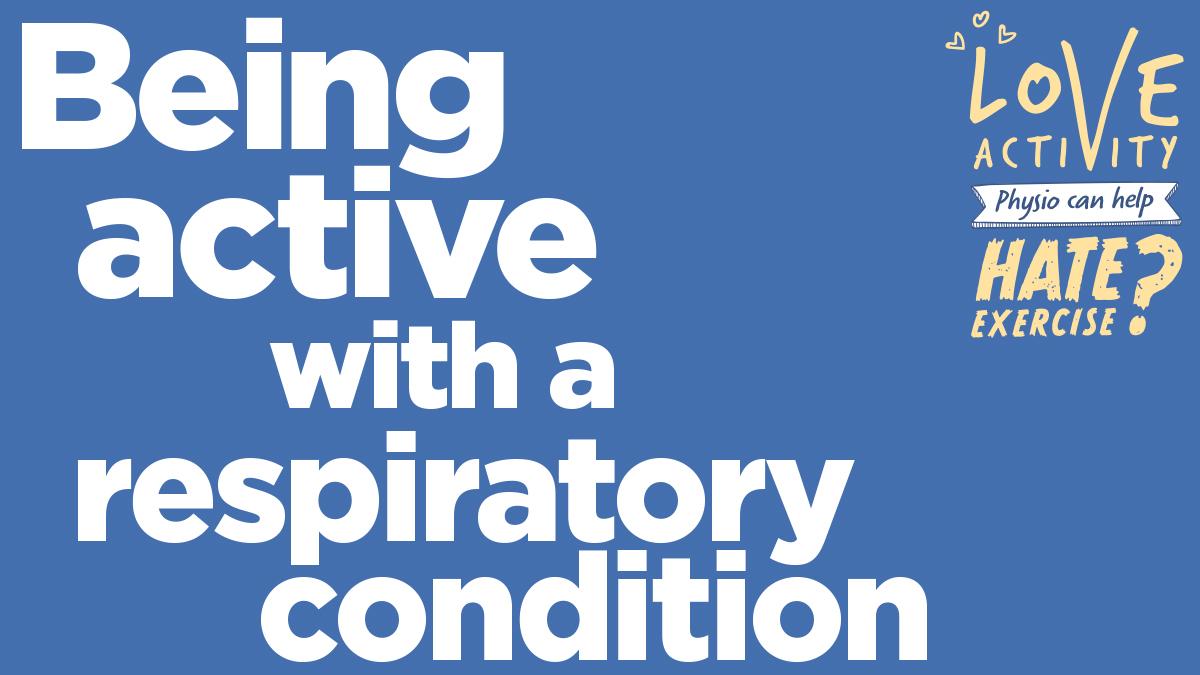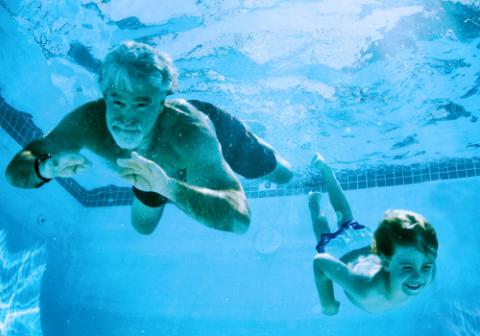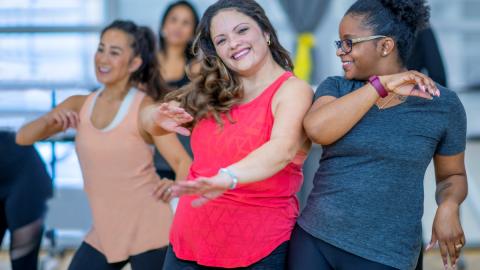Although it can be scary to feel out of breath, keeping active can actually reduce your breathlessness, increase your energy levels and reduce the chance of you getting a flare-up of your breathing condition.

Here’s how you can get started.
- Blow as you go! Use this technique when you’re doing activities which make you feel breathless. Breathe in before you make the effort, then breath out during the effort. For example, blow out as you step up etc.
Pace yourself! Use this technique to take control of your breathing during activity. For example: breathe in for one step and out for two or three steps.
Make it social. By asking a friend to get active with you, you’ll keep each other motivated, and keeping active in a group is known to be more beneficial than doing it on your own.
If you have a respiratory condition and haven’t been to pulmonary rehabilitation, then ask your GP to refer you. These are tailored classes where you’re supported to learn how to keep active.
Always make sure you have your inhaler. Lots of people take their inhalers incorrectly and the medicine doesn’t get to the lungs where it is needed, so before you embark on exercise, ask a respiratory health professional to check your inhaler technique.
People can fear getting wheezy in cold weather and avoid going outdoors. Use a scarf wrapped round your face loosely to warm and moisten the air, thus reducing the chance of a wheeze.

Use the technique of pursed lip breathing to control your breathing or when you’re doing activity that makes you breathless. Breathe in gently through your nose, then purse your lips like you’re blowing bubbles or a candle out and breathe out through your pursed lips.
Keep motivated. Think about the activities you find hard now and what you’d like to be able to do to in the future. Set yourself small goals and keep a record of them.
Choose an exercise you enjoy! You’re much more likely to stick at keeping active if you’ve picked something you love doing.
If you’re still not sure where to start, a physiotherapist can assess you and work with you to create a weekly activity plan
You can download this page for future reference.







































